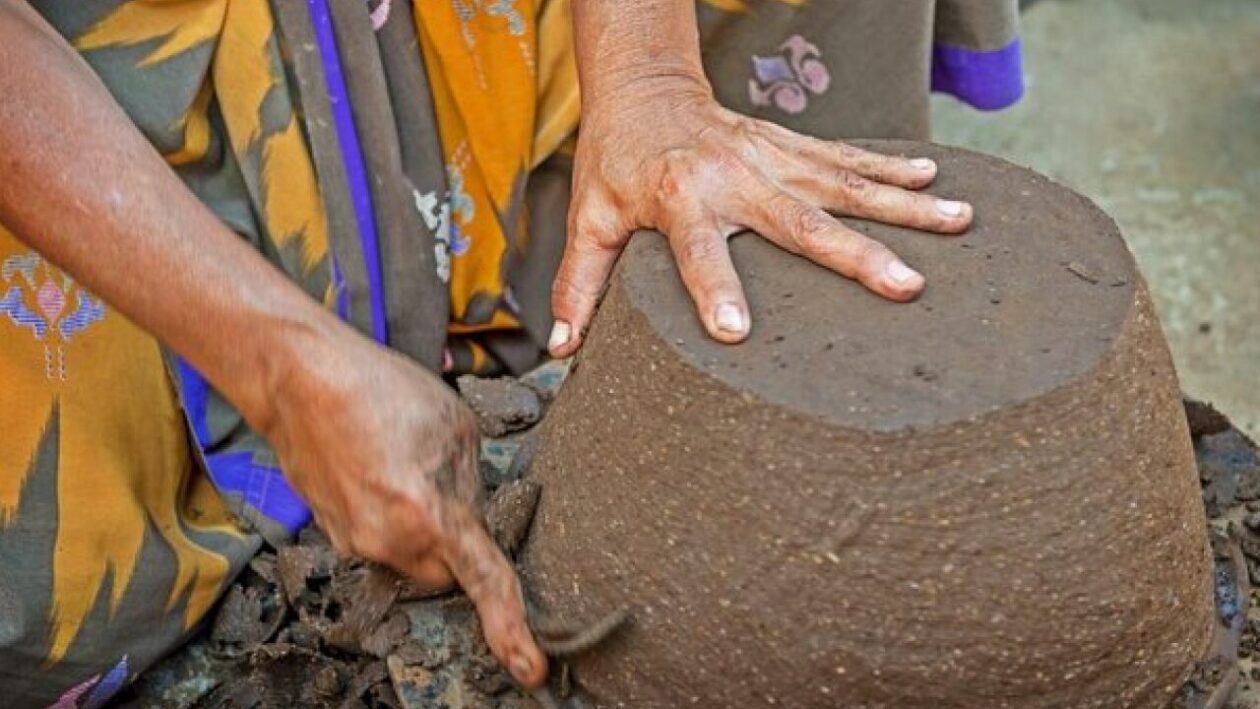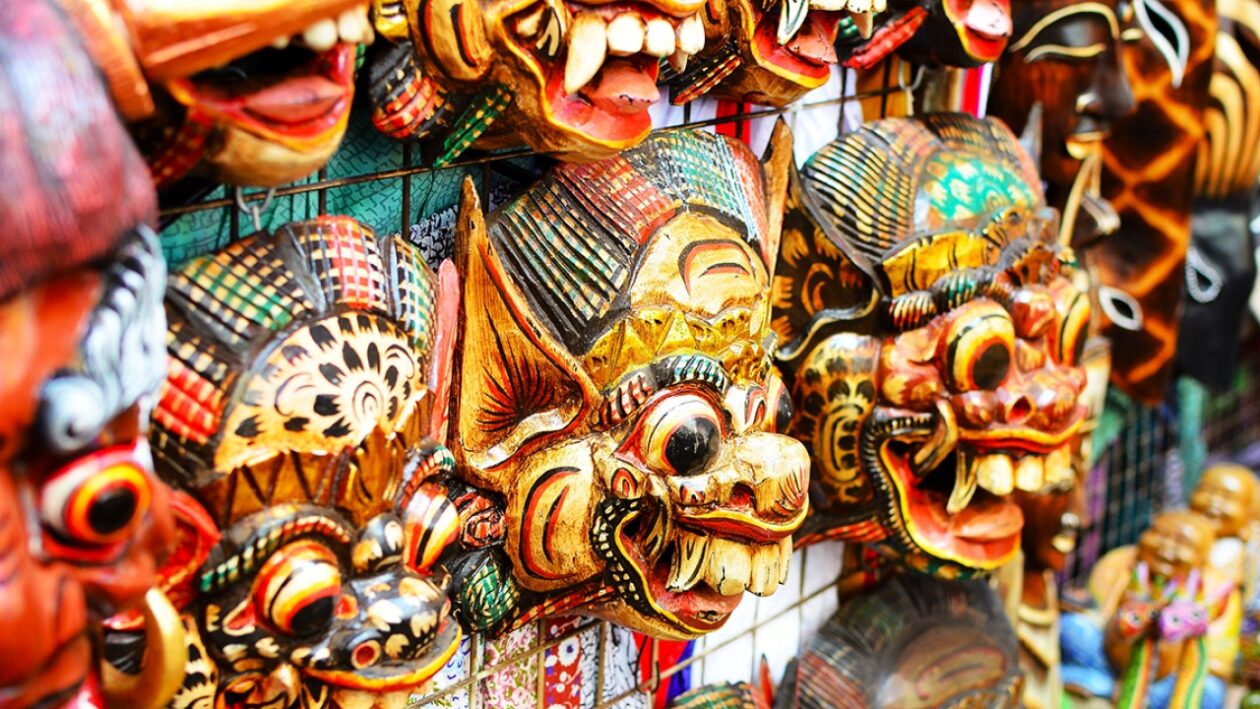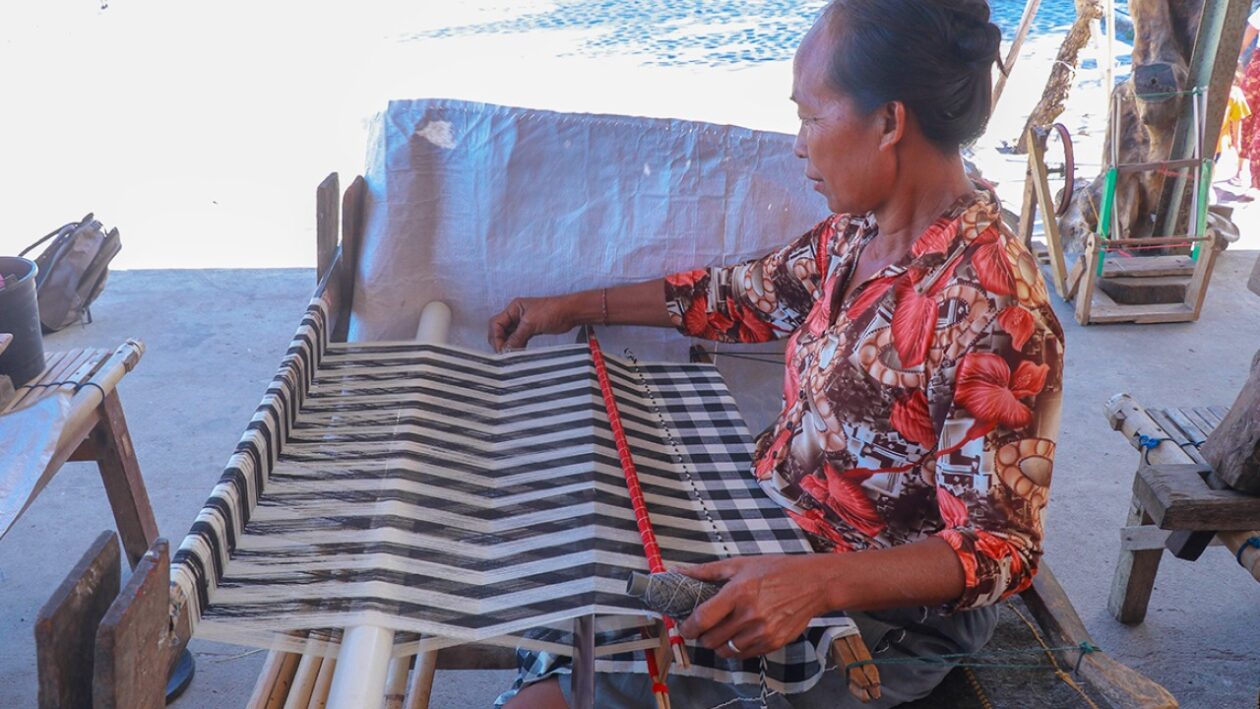Bali Art Scene: Discover Where the Island’s Most Talented Artists Live
Published on
Written by Emily Suryadi
One could say that the art of Bali extends beyond the white sandy beaches into a world of creative heritage molded through convention and tradition. Starting from Ubud down to Batuan, several art villages bustle with tradition, craftsmanship, and tales behind every stroke and chisel. The artistic spirit is deep in the heart of this island; each sculpture, painting, and textile takes one back centuries in time. Understand the core of Bali art as you explore these five villages filled with the island's finest artists.
1. Pejaten Village – Terra Cotta and Ceramic Pottery

Only 45 minutes from Ngurah Rai Airport, Pejaten Village in Kediri, Tabanan, is the place where Bali's rich clay soil is turned into works of art. Renowned as the island's pottery hub, Pejaten has been shaping traditional terra cotta and ceramics since 1942, everything from terracotta roof tiles that adorn temples and houses to ceremonial vessels used in Hindu rituals. Skilled artisans continue to perfect these crafts, preserving a legacy that combines centuries of tradition with the artistic spirit of the island.
Today, new generations with fresh ideas come to the village and reimagine these traditional pieces of clay into intricately carved pots, Wayang-inspired reliefs, floral motifs, and modern décor. Here, visitors can observe craftsmen make, carve, and fire items by hand or join workshops to mold the clay themselves. Thus, Pejaten is a place that allows guests to appreciate Bali art but also experience it for themselves by taking home a piece of the island's heritage.
Location: Kec. Kediri, Kabupaten Tabanan, Bali
2. Batuan Village – Classical Balinese Paintings and Artwork

Just south of Ubud, the famous Batuan Village is known for the Batuan style of painting that came in the 1930s and was recognized as an Intangible Cultural Heritage in 2018.Characterized by dense, detailed compositions in subdued tones, Batuan paintings are known to represent mythological stories, Hindu rituals, folklore such as tantri and calon arang, daily life, and magic themes. Nowadays, some artists take modern subjects, but the spirit of the rich village artistic heritage is well-preserved.
With the family-run studios and galleries, visitors can take in the sight of painters at work; some even venture into homes for a personal look at their creative process. The village is also training the next generation of artists at specialized studios in teaching children traditional techniques to ensure that Batuan's legacy of intricate Bali art lives on.
Location: Kec. Sukawati, Kabupaten Gianyar, Bali
3. Mas Village – Intricate Wood Carvings and Traditional Masks

Located in Ubud, Gianyar, the Mas Village has been the main destination for wood carving in Bali since the 1930s, catering both to domestic and international tourists. Most villagers here make their living as skilled wood carvers alongside farming, producing expressive masks, statues, and furniture that depict the spirit of the island. The artistic values here carry the Balinese philosophy of Tri Hita Karana: harmony among people with the divine, among human beings, and between human beings and nature.
Mas Village is truly an artistic hub, which has generated generations of master wood carvings.The village regularly holds festivals, performances, and cultural shows, including traditional mask dances, Cak Obor, and many other vibrant events. Visiting tourists can join village tours conducted by the maestros to witness how the masterpieces are made and feel the richness of the artistic village atmosphere themselves. For further details of visiting Mas Village, you can check through this link for details.
Location: Jalan Ambarawati, Mas, Kecamatan Ubud, Kabupaten Gianyar, Bali
4. Tenganan Village – Geringsing Textile and Double Ikat Tapestries

Tenganan is one of the oldest villages in Bali, a place inhabited by representatives of one of the oldest tribes of the island, the Bali Aga.These islanders are perpetuating their traditional customs and ritual activities. Their most highly valued art form is Geringsing, a very rare double ikat textile done with natural dyes and using an intricate hand-weaving process that may take months or even years to accomplish.
The word 'Geringsing' means "without sickness," and that itself is symbolic of protection and balance. Every pattern in it is filled with spiritual meaning, and the techniques of weaving get passed on from generation to generation. This quiet, walled village of Tenganan gives a glimpse into pre-Hindu Bali: a place where art and religion are still beautifully intertwined with everyday life. If you’d like to join a village tour or try weaving Geringsing yourself, check out this link for more details.
Location: Kecamatan Manggis, Kabupaten Karangasem, Bali
5. Celuk Village – Gold and Silver Artisan

If you’re drawn to the art of jewelry design, Celuk Village is the perfect stop. Renowned across Indonesia for its gold and silver craftsmanship, Celuk’s artisans create exquisite pieces that blend traditional Balinese motifs with a touch of modern elegance. Visitors can witness the entire process of silver-making up close, from smelting and casting to engraving and polishing each piece until it gleams with perfection.
Many studios also offer short workshops where, in just 1–2 hours, you can craft your own silver ring or pendant under the guidance of local artisans. It’s a creative journey that lets you shape a piece of Bali’s artistic soul with your own hands. Ready to experience it yourself? Book your silver jewelry workshop through this link and bring home a creation that’s uniquely yours.
Location: Kecamatan Sukawati, Kabupaten Gianyar, Bali
FAQ
Can visitors see artisans working?
Yes, all five villages allow visitors to observe artists working with clay, painting, carving wood, weaving textiles, or fashioning jewelry.
Are there workshops available for tourists?
Yes, Pejaten has pottery workshops, Mas offers carving tours, and Celuk has 1–2-hour workshops on silver jewelry for more hands-on experience.
How far are the villages from the popular Bali areas?
Most are within 30–60 minutes of Ubud or Ngurah Rai Airport, so all are readily accessible on a day trip.
Categories: Destination, Art & Culture, Gianyar, Things to Do, Traditions
